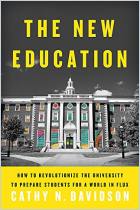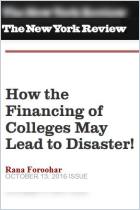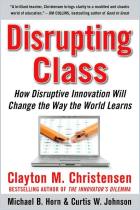Melden Sie sich bei getAbstract an, um die Zusammenfassung zu erhalten.

Melden Sie sich bei getAbstract an, um die Zusammenfassung zu erhalten.
Jeffrey J. Selingo
College Unbound
The Future of Higher Education and What It Means for Students
Amazon Publishing, 2013
Was ist drin?
The editor-at-large of The Chronicle of Higher Education offers an intelligent, insightful overview of critical changes in US higher education.
Recommendation
As the former editor of The Chronicle of Higher Education, Jeffrey N. Selingo knows the world of higher education. He covers the politics at the Congressional level and the daily experiences of students. Based on his research and his discussions on campuses across the US, Selingo reviews the current state of university-level education. His report provides a fascinating look at ongoing and future issues in education. A revolution is underway, and Selingo prepares parents and managers of the future workforce to understand how the college experience will change. His wealth of information gives this report remarkable insight into current issues in higher education. getAbstract recommends this knowledgeable overview to employers, college placement consultants, parents, students, guidance counselors, faculty, futurists and HR personnel who recruit on campus.
Summary
About the Author
The editor-at-large and former editor of The Chronicle of Higher Education, Jeffrey J. Selingo publishes in The Washington Post, The New York Times and The Wall Street Journal.




















Comment on this summary